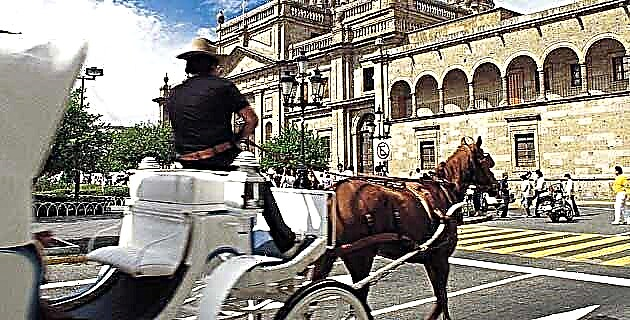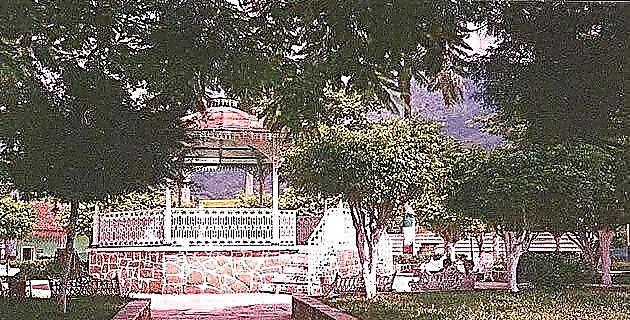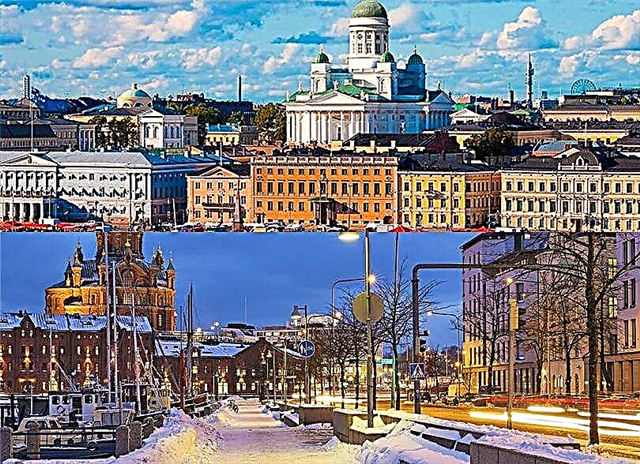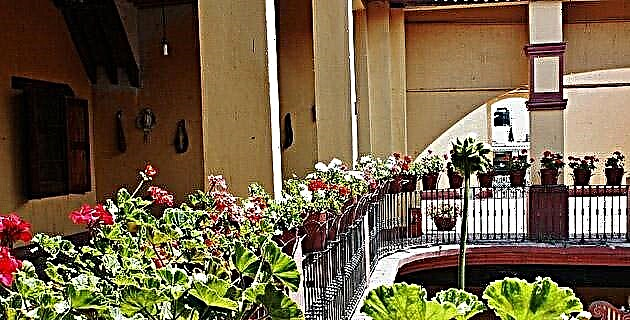
"A student in whose soul as an artist the Academy had encrypted its most legitimate glories and who has completely abandoned art, joining a religious order in Italy." The Nineteenth Century, 1884.
"A student in whose soul as an artist the Academy had encrypted its most legitimate glories and who has completely abandoned art, joining a religious order in Italy." The Nineteenth Century, 1884.
In the life and work of this fruitful painter and Jesuit priest there is a hiatus: the moment when he decides to dedicate himself to religious life. The resulting dichotomy also divides criticism. Art historians unanimously recognize his student creations, in particular the oil paintings of Saint Louis Gonzaga in the Plague of Rome and Job in the Dung-Heap, for his qualities in handling academic language, just as they dismiss his production as religious, as Báez writes. It seems to them that "the cassock had mediated". On the other hand, for those who see in his paintings for churches, with bright colors and a multitude of figures, an expression of religiosity rather than an artistic object, they think that with the priesthood his artistic capacities were not mediated but were turned towards his best purpose.
He was born in Otumba in 1859 and studied in San Carlos between 1876 and 1883, where his teachers were mainly J. S. Pina and S. Rebull. Since the exhibition of 1878, his works were well received and on the occasion of the 1881, F. Gutiérrez praised his cartoons The Roman Tavern, Deluge and Remorse and Despair of Judas, in addition to the aforementioned painting of Job, although with certain reservations. The painting of San Luis earned him an award in 1883. The following year he entered the seminary; some sources mention that he copied several paintings in the Prado Museum Madrid.
After joining the Society of Jesus, he continued to paint at the easel —Pérez Salazar affirms that several churches in Puebla had his paintings— but he is remembered above all for his wall paintings in four places: the ancient basilica of Guadalupe. de la Virgen (1895), the churches of San Juan Nepomuceno in Saltillo (1920); the Holy Family in Mexico (1924) and La Compañía in Puebla.
In the corridors of the Catholic School of the Sacred Heart Jesus captured a theme: The mission of Paraguay, which he had developed as a student whose cardboard was presented from the exhibition of San Carlos de with the comment that “to serve as a sketch for the execution of a great picture ”, which was not verified because this young student had to dedicate himself to another kind of study. Another wall decoration in the Sanctuary of Guadalupe de León, Guanajuato, was frustrated by an accident that Carrasco suffered in 1931. In Puebla he was rector of the Catholic School of the Sacred Heart of Jesus. He died in that city in 1936.











